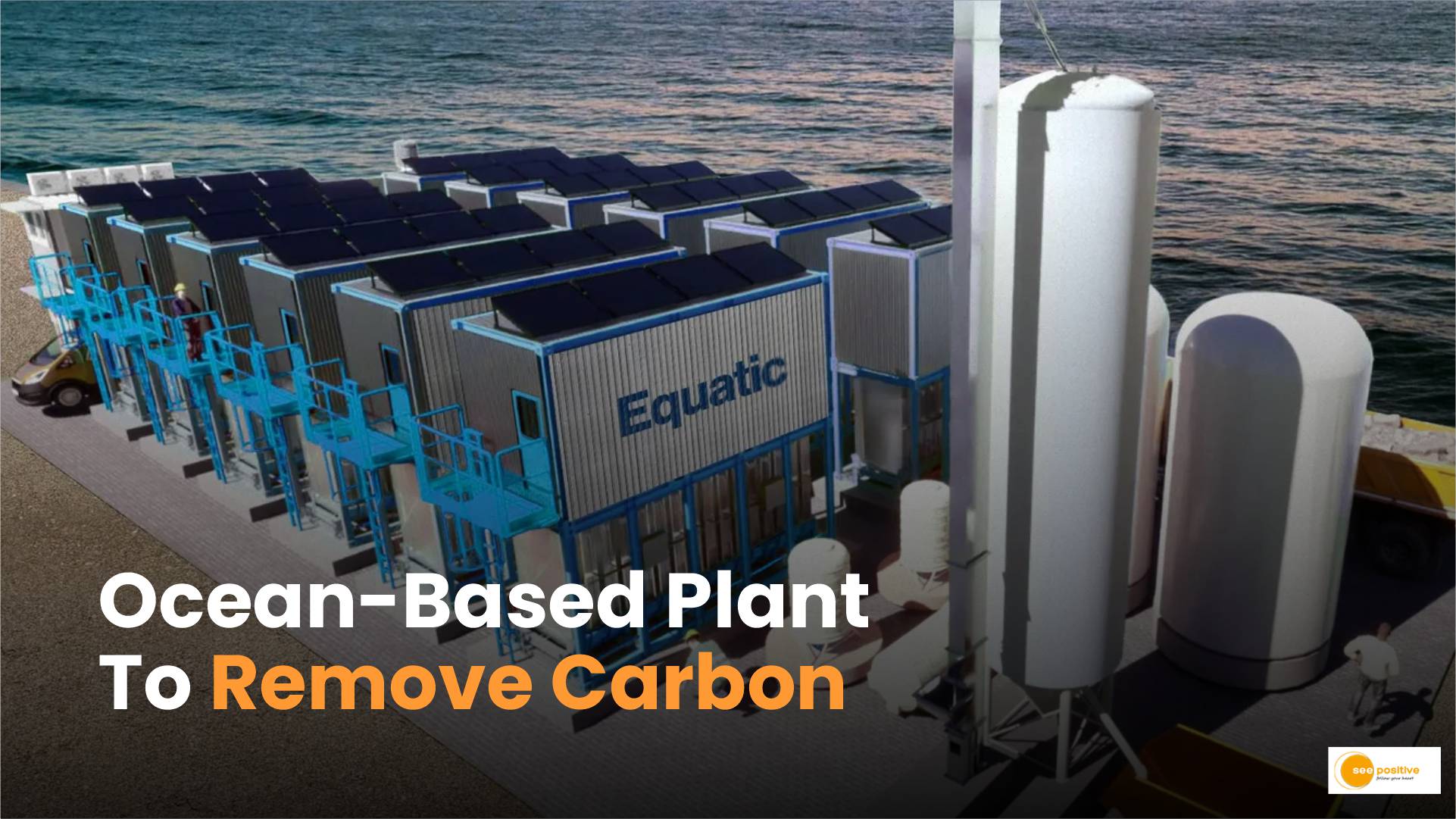In a groundbreaking initiative, the University of California, Los Angeles (UCLA), in collaboration with the startup Equatic, is set to construct the world’s largest ocean-based carbon dioxide (CO2) removal plant.
This ambitious project aims to combat climate change by removing 10 metric tons of CO2 per day from seawater and the atmosphere. Let’s delve into the details of this innovative endeavour.
The Equatic Technology
Last year, Time magazine recognized Equatic’s technology as one of the best inventions of 2023. Developed by the UCLA startup, this cutting-edge process not only removes CO2 from seawater but also produces carbon-negative hydrogen—a clean fuel.
The secret lies in durably storing the captured CO2 in the form of solid minerals, allowing the ocean to absorb more greenhouse gas from the atmosphere.
Scaling Up: The $20 Million Demonstration Plant
Building upon the success of two pilot projects—one in Los Angeles and another in Singapore—UCLA and Equatic are now embarking on their next phase. With support from Singapore’s national water agency and its National Research Foundation, as well as UCLA’s Institute for Carbon Management, they will construct a full-scale demonstration plant. The chosen location is Tuas, in western Singapore.
Key Features of the Plant:
- Capacity: Once fully operational, the plant will have the remarkable capacity to remove approximately 3,650 metric tons (over 8 million pounds) of CO2 annually. This substantial reduction will significantly contribute to global carbon mitigation efforts.
- Ocean-Based Solution: By leveraging the vastness of the ocean, the plant will directly extract CO2 from seawater. This approach ensures efficient and sustainable carbon removal.
- Carbon-Negative Hydrogen: Simultaneously, the plant will produce 105 tons of clean hydrogen daily. This dual benefit underscores the project’s commitment to both environmental preservation and renewable energy.
The Road Ahead
Equatic’s vision extends beyond this single demonstration plant. Once the technical objectives are met, the company plans to scale and commercialize the technology globally. As Equatic co-founder and UCLA’s Institute of Carbon Management director, Professor Gaurav Sant, emphasizes, “Scaling carbon removal solutions requires technology, bold partners, and measurable success.” The collaboration with Singapore exemplifies this shared commitment to a greener future.
Conclusion
The UCLA-Equatic partnership represents a beacon of hope in the fight against climate change. By harnessing the power of the ocean, they are poised to make a significant impact—one metric ton of CO2 at a time. As the world grapples with environmental challenges, this ocean-based carbon removal plant stands as a testament to human ingenuity and collective responsibility.


